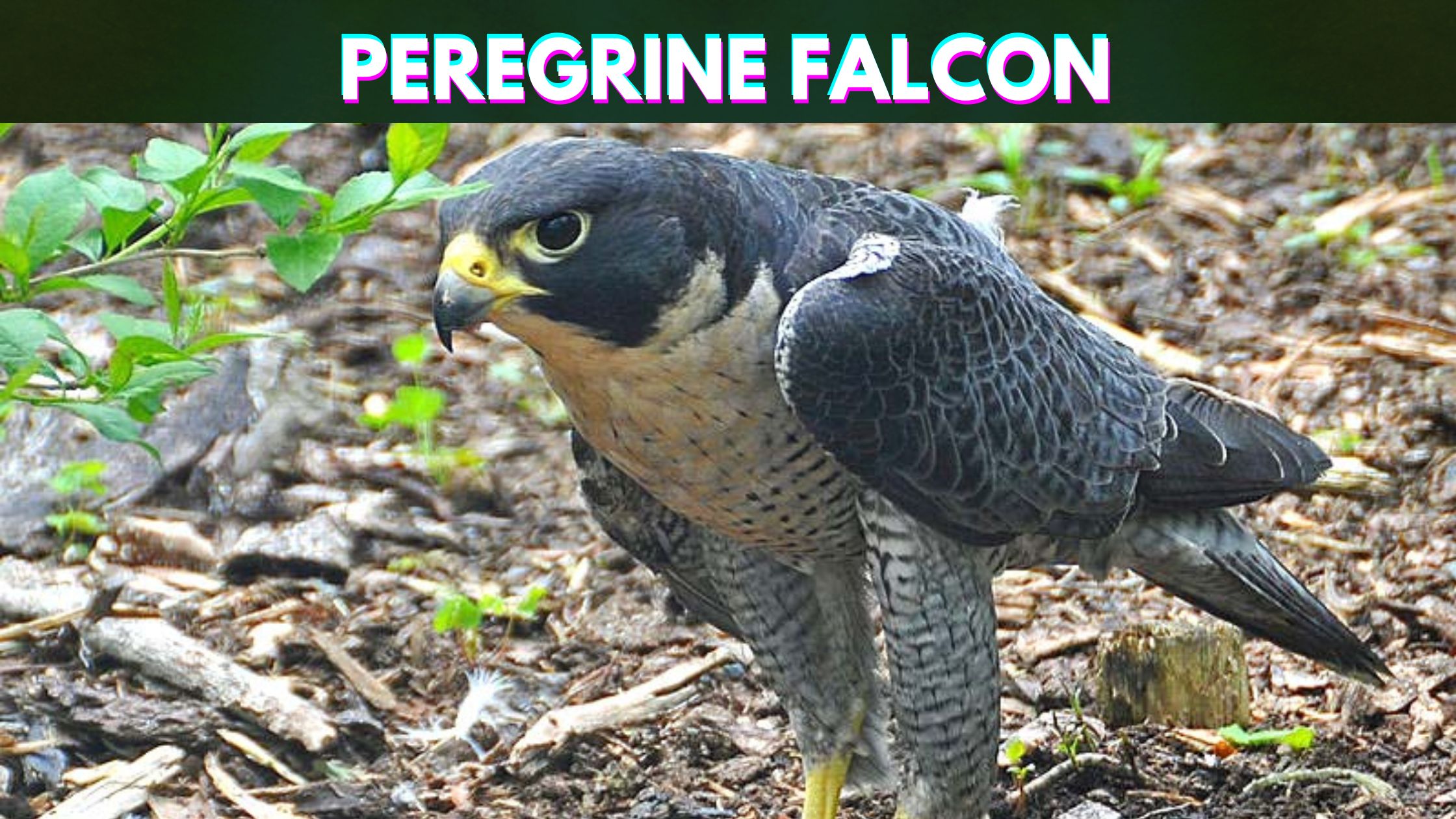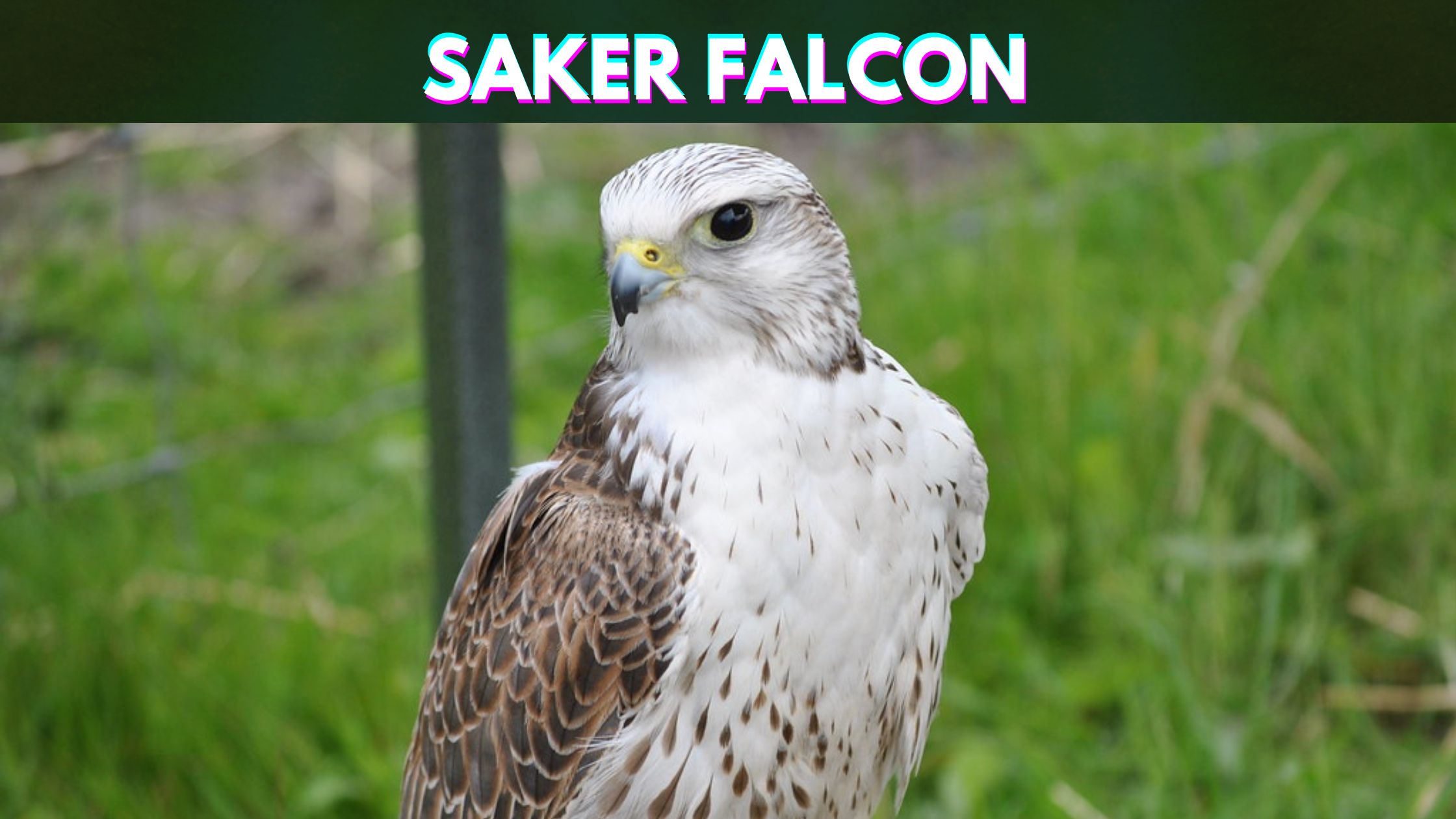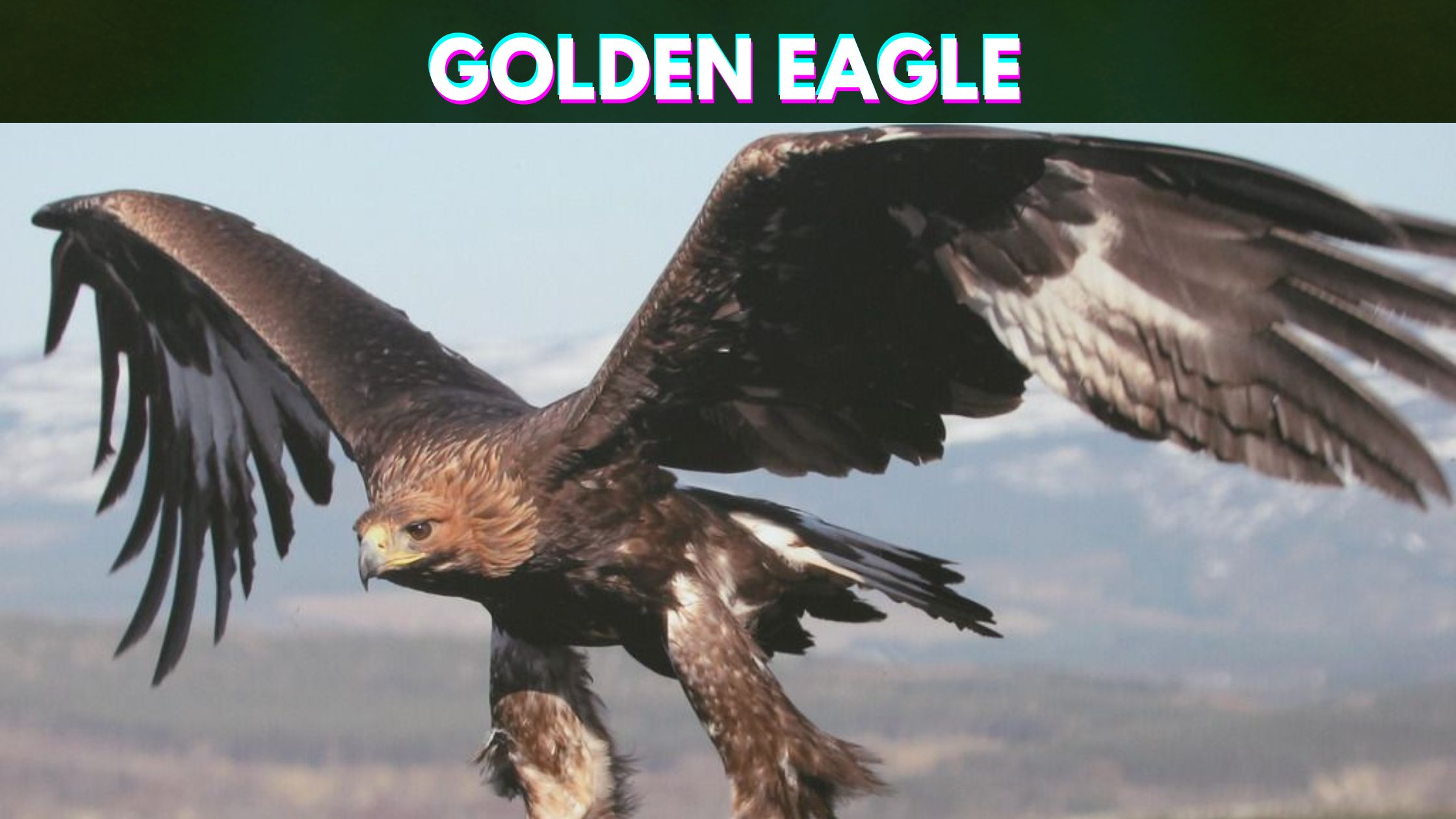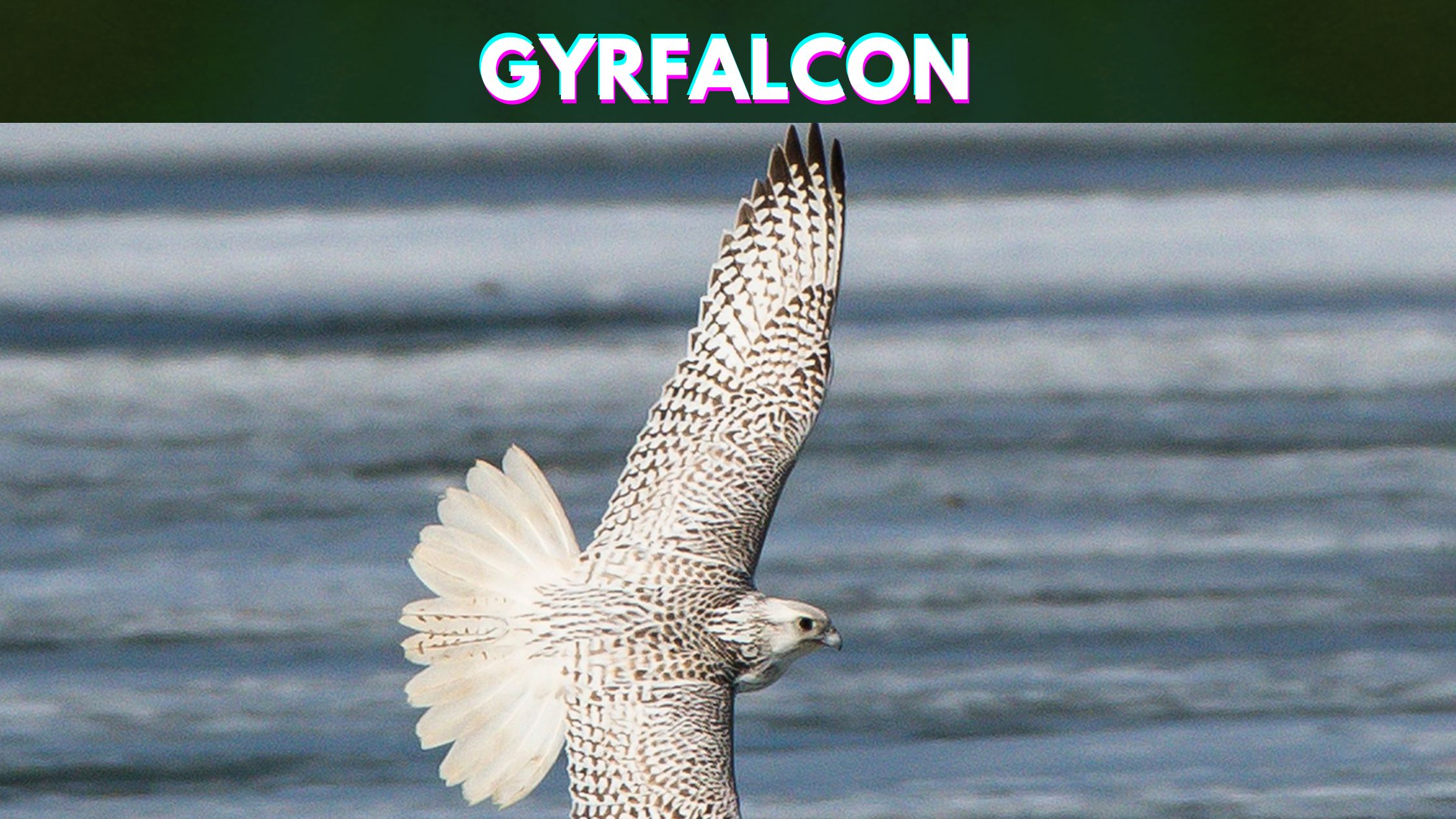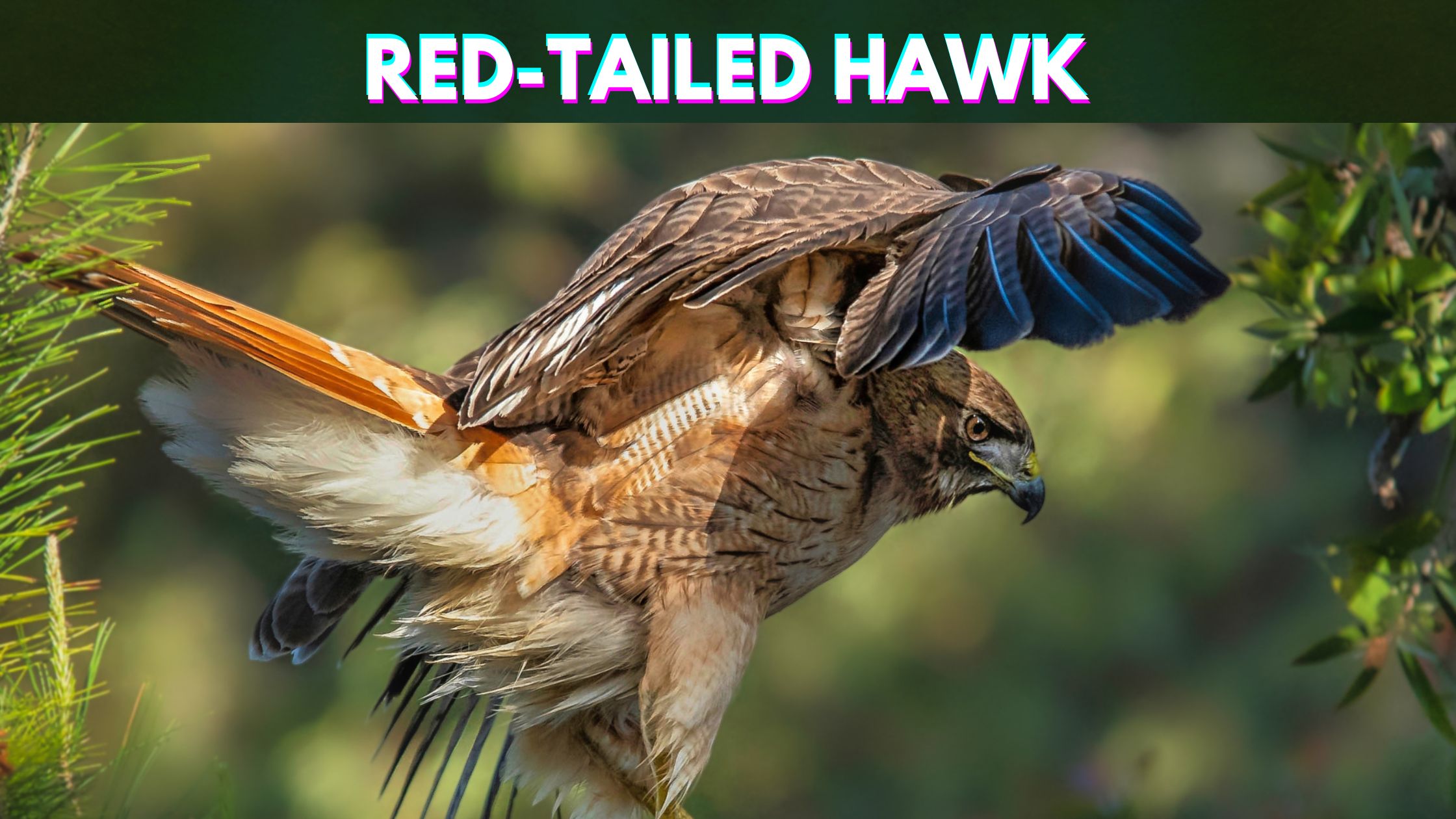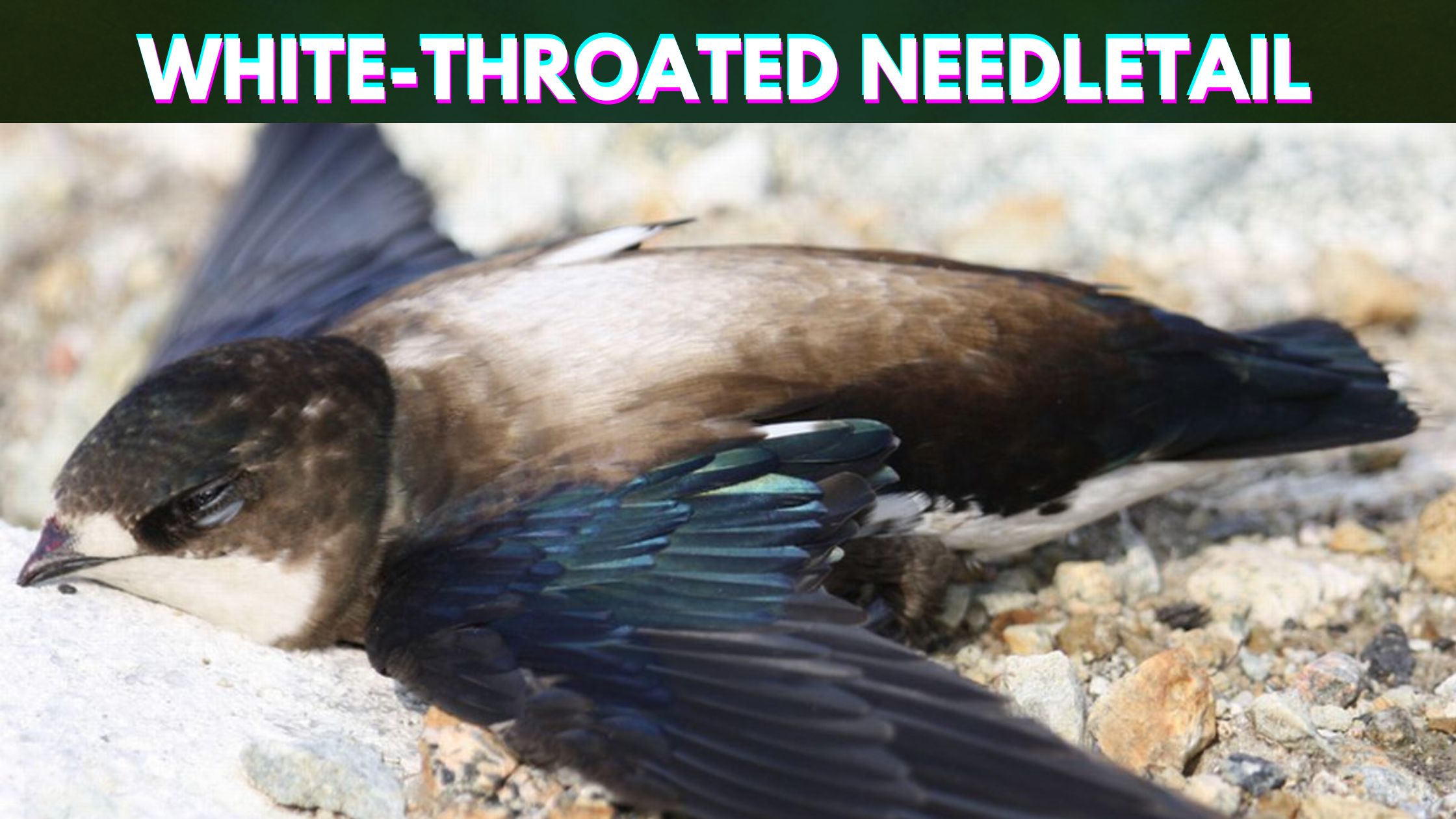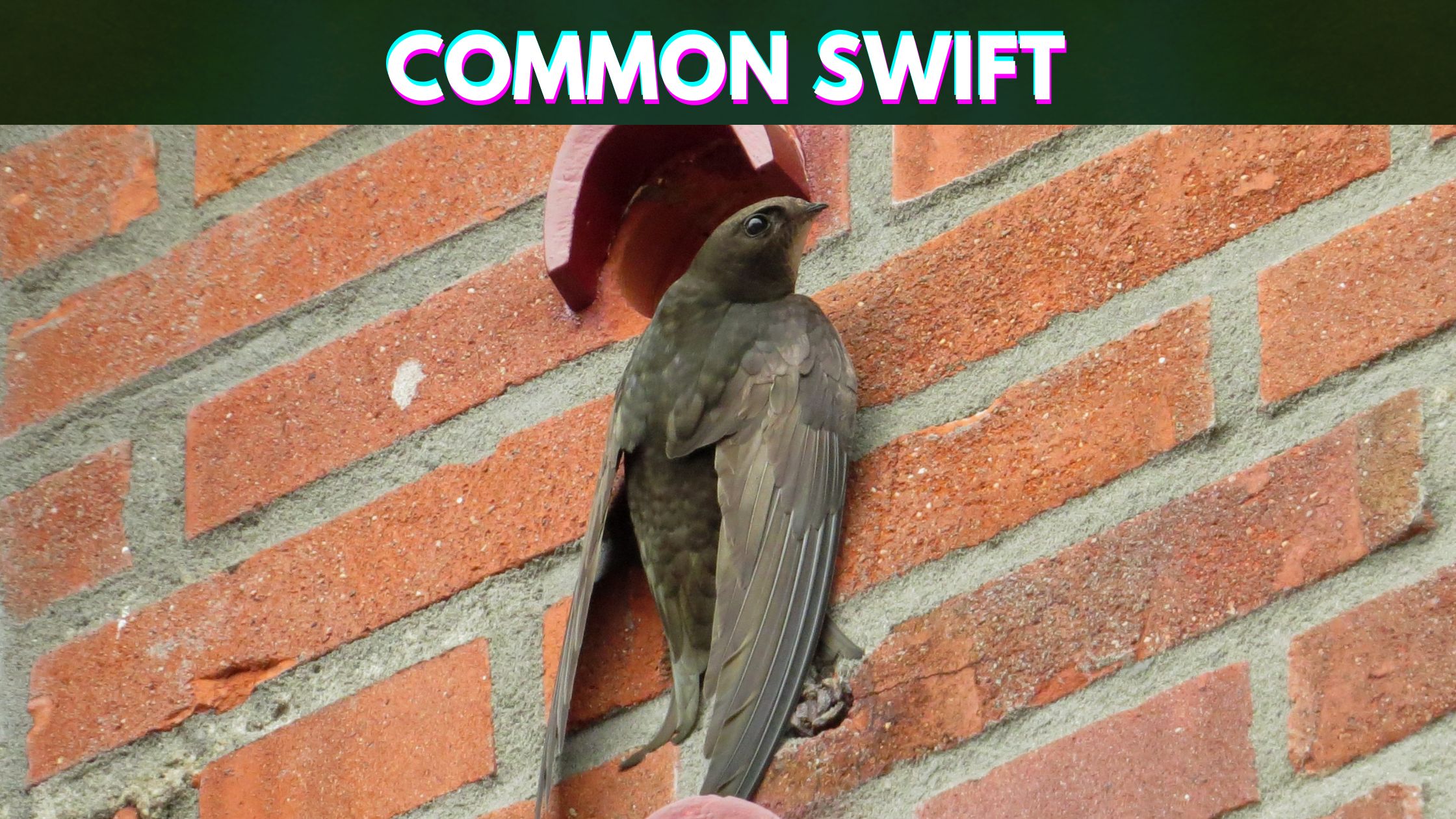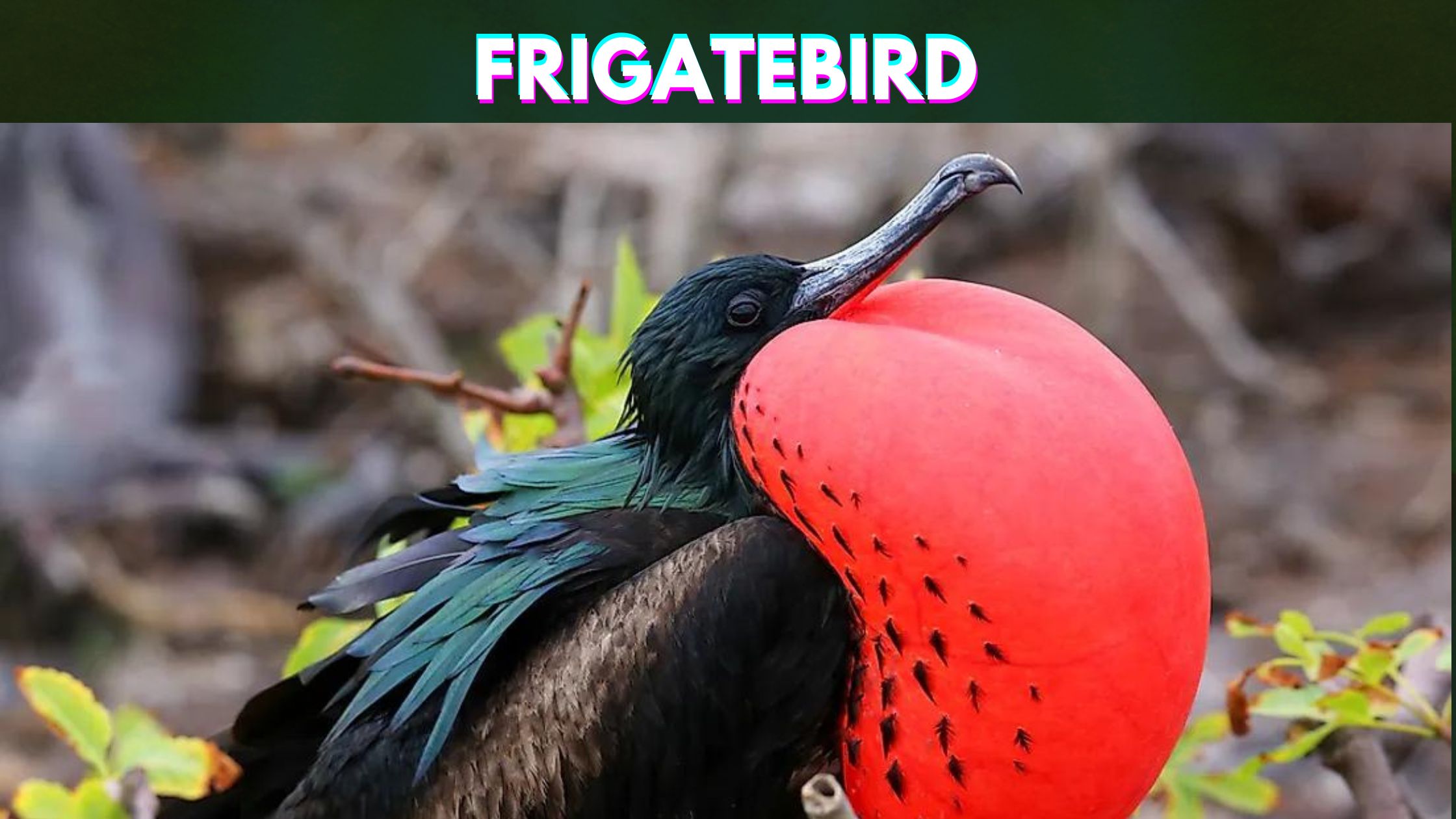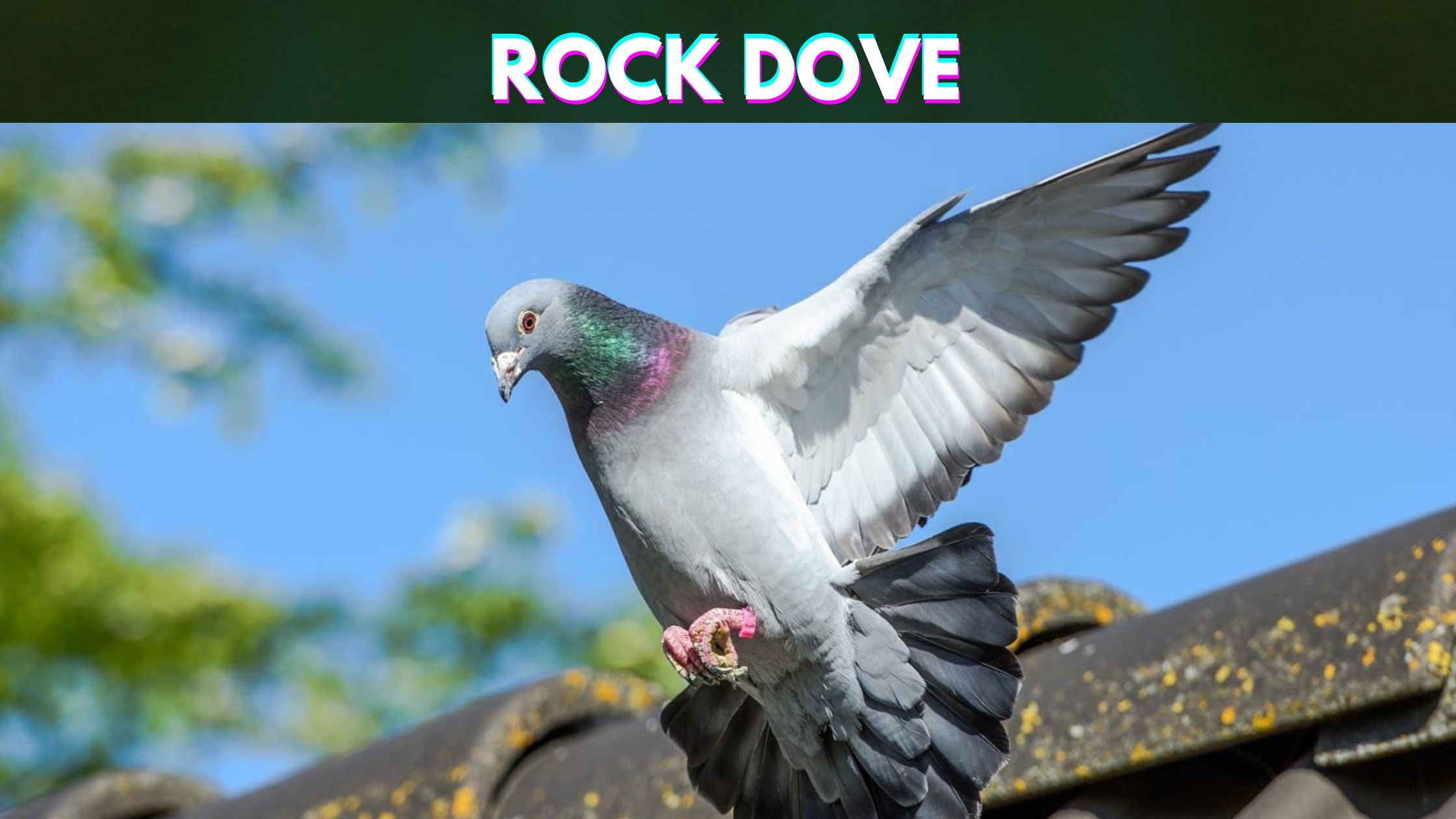Top Lists
Top 10 Fastest Birds in The World
It won’t be strange when we say birds are the fastest animal in the world. When you consider flight birds will come first
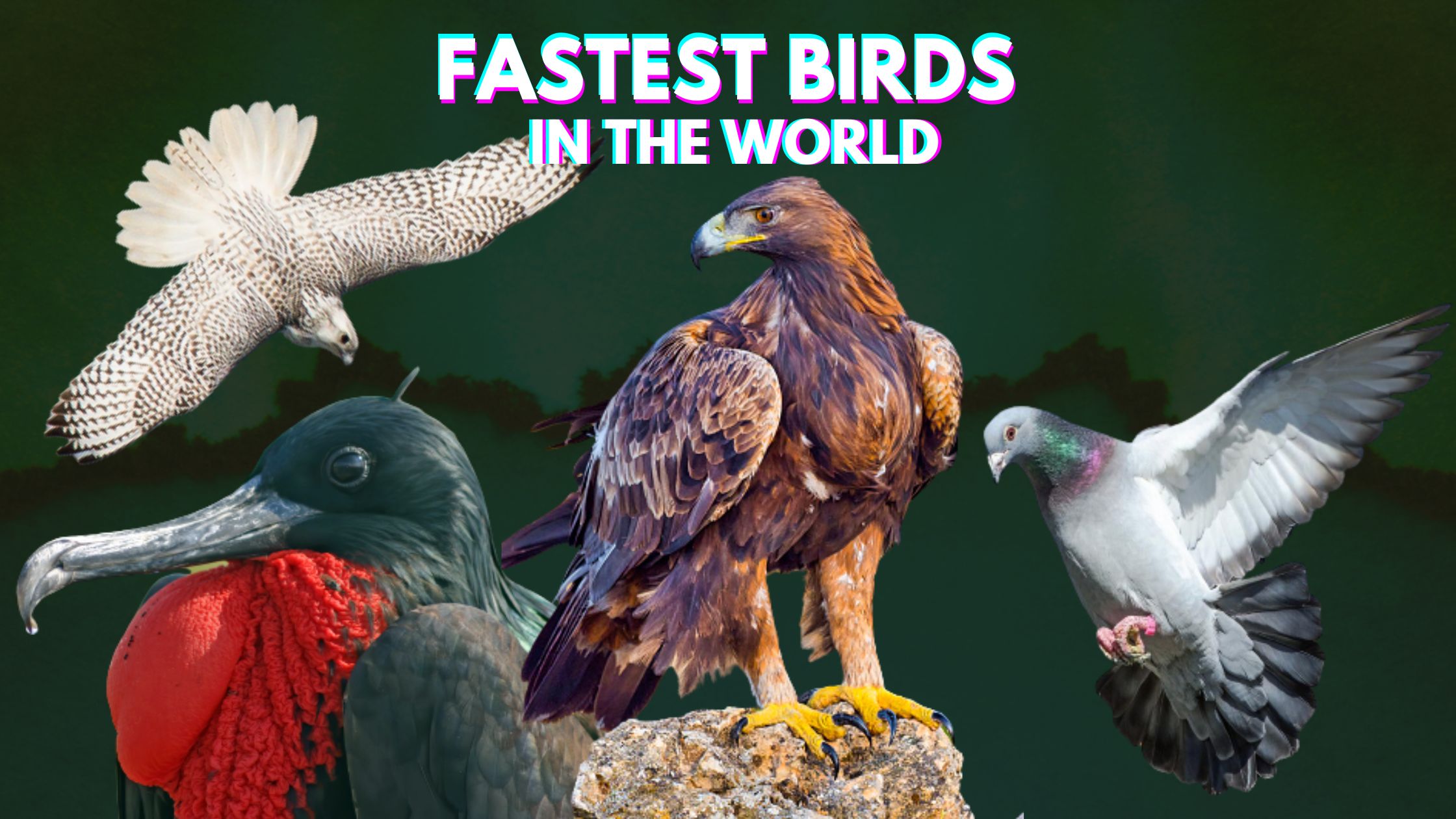
It won’t be strange when we say birds are the fastest animal in the world. When you consider flight birds will come first. It would be like comparing the flight of a plane to that of a car, well, there are cars that can achieve a speed of up to 300mph or more. It will always fall behind the flight of a plane, such is the power of the air.
Likewise, you can’t compare the speed and mile the faster animal on land will cover per hour to what a bird will cover, not even the fastest man can do that.
We’ve compiled the list of the fastest birds in the world below.
Top 10 Fastest Birds in The World
Like, we took our time to distinguish the fact about the fastest animals and their speed above, we’ll be diving straight into the list of the fastest birds in the world that we’ve compiled.
1. Peregrine falcon-389 km/h
| Species | Family | Average Horizontal Speed | Maximum Horizontal Speed | Maximum Air Speed |
| Falco peregrinus | Falconidae | 65–90 km/h/40-56 mph | 110 km/h/68 mph | 389 km/h/242 mph |
Peregrine is the fastest bird in the world. In addition, it is not only the fastest bird in the world but the fastest animal as well as the fastest living creature in the whole wide world.
To achieve such high speeds, the falcon can fold its aerodynamic wings back against its body to reduce drag. According to one study, it will continue to make minor adjustments to wing position and speed until it makes contact with its target. With its ability to process sensory images quickly and accurately, the peregrine falcon can prey on fast-moving birds like pigeons, songbirds, and doves in mid-air.
2. Saker Falcon-320 km/h
| Species | Family | Average Horizontal Speed | Maximum Horizontal Speed | Maximum Air Speed |
| Falco cherrug | Falconidae | 65–90 km/h/40-56 mph | 150 km/h/93 mph | 320 km/h/200mph |
The saker falcon is a large falcon species. This species breeds from central Europe to Manchuria, crossing the Palearctic. Except in the far south, it is primarily migratory, wintering in Ethiopia, the Arabian Peninsula, northern Pakistan, and western China.
There are currently 12,000 to 30,000 saker falcons in the world. This figure is low because they are an endangered species with a rapidly declining population.
Sakers are loners who prefer to fly around in their territorial range. This falcon dislikes interacting with other birds or animals. Saker falcons nest close to each other in areas where there is a plentiful food supply, and they all hunt for prey.
3. Golden eagle-240–320 km/h (fastest birds in the world)
| Species | Family | Average Horizontal Speed | Maximum Horizontal Speed | Maximum Air Speed |
| Aquila chrysaetos | Accipitridae | 45–51 km/h/28-32 mph | 129 km/h/80 mph | 322 km/h/200 mph |
The golden eagle is North America’s largest bird. This powerful eagle can grow to be 26-40 inches long and weigh up to 7 kg. Golden eagles have a wingspan of 2.3 meters. They leap from great heights to catch their prey. During a dive, golden eagles can reach speeds of up to 200 mph.
Golden eagles can soar for a long time in the air due to their long, broad wings. They also have excellent vision and can spot prey from great distances. When a golden eagle spots its prey, it dives upon it with incredible speed. They easily snare the prey with their fast dive and sharp talons.
Having a top speed of 322km/h is huge, as is coming third in the world among many other fast birds.
Golden Eagle is the third fastest bird in the world.
4. Gyrfalcon-209 km/h
| Species | Family | Average Horizontal Speed | Maximum Horizontal Speed | Maximum Air Speed |
| Falco rusticolus | Falconidae | 80–110 km/h/50-68 mph | 145 km/h/90 mph | 187–209 km/h/116–130 mph |
Grayfalcon is among the fastest birds in the world and it takes the fourth spot in this list of fastest birds in the world.
The Gyrfalcon primarily hunts ptarmigan, and its breeding distribution resembles that of the Rock Ptarmigan. It does, however, prey on a variety of other bird species, including sage-grouse, jaegers, gulls, terns, fulmars, auks, pheasants, hawks, owls, ravens, and songbirds. It can also hunt large mammals such as hares.
The Gyrfalcon thrives in some of the harshest environments on the planet. This mountain and high arctic tundra dweller is a cold polar species found throughout the North Pole region. It breeds in North America, Europe, Asia, Greenland, and Iceland’s arctic and subarctic regions.
Gyrfalcon is pronounced, “JER-falcon.” The name most likely evolved from Old Norse, but linguists disagree on the exact origin of the word.
5. Red-tailed Hawk-190 km/h (fastest birds in the world)
| Species | Family | Average Horizontal Speed | Maximum Horizontal Speed | Maximum Air Speed |
| B. jamaicensis | Accipitridae | 32 to 64 km/h/20 to 40 mph | 100 km/h/64 mph | 190 km/h/120 mph |
Red-tails are the second-largest Buteo hawk, after the Ferruginous Hawk. They’re designed to fly, with wingspans that average just over four feet.
The red-tailed hawk is a rapacious bird that breeds across most of North America, from Alaska’s interior and northern Canada to Panama and the West Indies.
A hawk’s eyesight is eight times that of a human. The talons of the red-tailed hawk, like those of all hawks, are its primary weapon.
6. White-throated needletail-169 km/h
| Species | Family | Average Horizontal Speed | Maximum Horizontal Speed | Maximum Air Speed |
| Hirundapus caudacutus | Apodidae | 169 km/h/105 mph | 169 km/h/105 mph |
The white-throated needletail, so named because of the sharp needle-like feathers at the end of its tail, is actually a large swift. It is from East Asia and spends most of its time in the air, feeding on small flying insects. According to one study, this species can reach speeds of up to 105 mph but this fact has not been verified yet.
7. Common swift-166 km/h
| Species | Family | Average Horizontal Speed | Maximum Horizontal Speed | Maximum Air Speed |
| A. apus | Apodidae | 111.6 km/h/69.3 mph | 166 km/h/103 mph |
Swifts have extremely short legs that they primarily use for clinging to vertical surfaces. Non-breeding individuals may spend up to ten months in continuous flight, never voluntarily settling on the ground, where they would be vulnerable to accidents and predation.
8. Eurasian hobby-160 km/h (fastest birds in the world)
| Species | Family | Average Horizontal Speed | Maximum Horizontal Speed | Maximum Air Speed |
| Falco subbuteo | Falconidae | 169 km/h/105 mph | 159 km/h/100 mph |
This falcon is 29–36 cm (11–14 in) in length, the wingspan is 74–84 cm (29–33 in), and a weight of 175–285 g
The Eurasian hobby, also known simply as the hobby, is a small, slim falcon. It is a member of a small group of similar falcons known as the subgenus Hypotriorchis.
9. Frigatebird-153 km/h
| Species | Family | Average Horizontal Speed | Maximum Horizontal Speed | Maximum Air Speed |
| Fregata magnificens, aquila, andrewsi, minor, and ariel | Fregatidae | 153 km/h/95 mph |
Frigatebirds are members of the Fregatidae family of seabirds, which can be found in all tropical and subtropical oceans. Fregata is the name given to the five known species. They all have mostly black plumage, long, forked tails, and long hooked bills.
The magnificent frigatebird is a large seabird with brownish-black plumage, long narrow wings, and a deeply forked tail. To attract a mate, the male inflates his striking red gular sac. Females are slightly larger than males and have white breasts and bellies. Frigatebirds feed on fish caught in flight from the ocean’s surface (often flying fish) and occasionally engage in kleptoparasitism, harassing other birds in order to force them to regurgitate their food.
It is the largest species of frigatebird, measuring 89-114 centimeters (2 ft 11 in – 3 ft 9 in) in length and 2.17-2.44 m (7 ft 1 in – 8 ft 0 in) in wingspan.
On their wandering flights, frigatebirds can stay aloft for up to two months without touching down on land or water.
10. Rock dove (pigeon)-148.9 km/h
| Species | Family | Average Horizontal Speed | Maximum Horizontal Speed | Maximum Air Speed |
| C. Livia | Columbidae | 153 km/h/95 mph |
Pigeons, which were originally found in the wild in Europe, West Africa, North Africa, and Western Asia, have become established in cities all over the world. With an estimated population of 17 to 28 million feral and wild birds in Europe alone and up to 120 million worldwide, the species is abundant.
Pigeons can find their way home even if they are blindfolded and released from afar. They can navigate by sensing the earth’s magnetic fields, and possibly by using sound and smell as well. They can also use cues from the sun’s position.
Rock pigeons are a favorite of raptors all over the world, with only their ability to fly protecting them from predation.
The Rock pigeon is the last on this list of the fastest birds in the world. Well, there are many other birds that are fast in terms of speed, but this list major primarily on the first top 10 fastest birds in the world.
Top 10 Fastest Birds in The World
Here is a quick rundown of the fastest birds in the world;
- Peregrine falcon-389 km/h
- Saker Falcon-320 km/h
- Golden eagle-240–320 km/h
- Gyrfalcon-209 km/h
- Red-tailed Hawk-190 km/h
- White-throated needletail-169 km/h
- Common swift-166 km/h
- Eurasian hobby-160 km/h
- Frigatebird-153 km/h
- Rock dove (pigeon)-148.9 km/h

